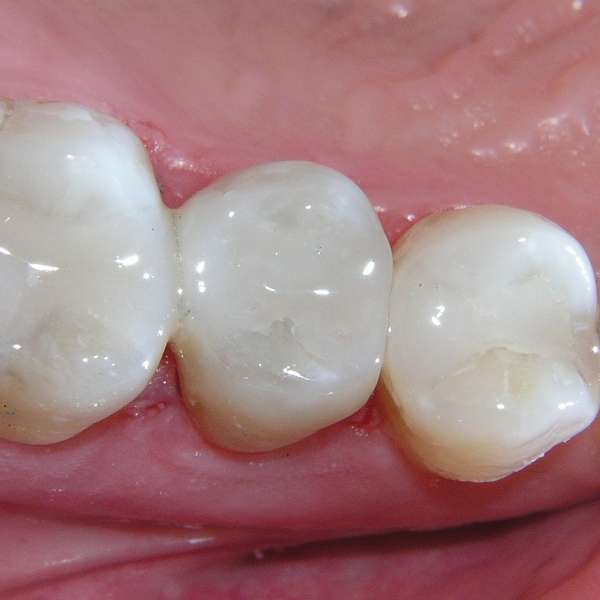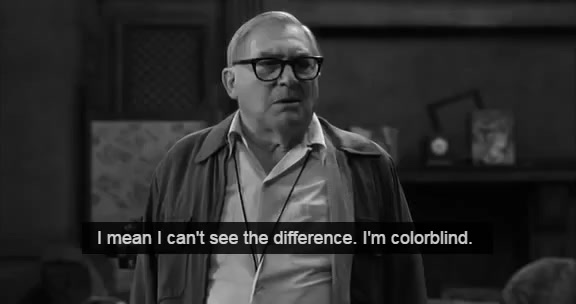

So, you have a chip in your tooth and you’re wondering what kind of filling you should get? Here are some pros and cons of the different fillings to help you make your decision.
AMALGAM FILLINGS
What is it?


Dental amalgams are silver fillings made of mercury, silver, tin and copper. Mercury, necessary to bind all the elements together, makes up about 50% of the mixture.
What’s so good about it?


Besides having a 150-year track record for being one of the safest, most durable and cheapest option for filling in cavities, most generally agree that amalgam fillings are stronger than the resin-based composite. Furthermore, it is usually able to fill cavities more quickly than composite resins.
What about mercury being poisonous?


Ongoing research over the past 100 years have shown that amalgam fillings are not in the least bit harmful to us. When mercury is combined with the other materials in the dental amalgam, its chemical nature changes, rendering it harmless. Even if some mercury is released when we bite and chew, it is only a meagre amount – less than that in the food we eat and the air we breathe – that will not affect us.
COMPOSITE RESINS
What is it?


Composite resins are tooth-coloured fillings made of ceramic and plastic compounds.
What’s good about it?


Because of its colour, it is commonly used to fill cavities in the front teeth, and usually cannot be differentiated from your natural tooth unless it is being scrutinized.
The downside?


Composite resins are typically more expensive than amalgam fillings due to the workmanship required and the cost of material. Resins also have not been proven to last for long periods of time due to the fact that they were only introduced about a decade ago. Comparatively, amalgams can last for 20 years or more with proper care. Additionally, resin fillings need a specific environment to be placed in; take for example, the prepared tooth has to be completely dry when applying the filling. Amalgams however do not require such conditions to be able to work well.
At the end of the day though, every case is unique and thus a type of filling may be more suitable than the other. Do consult our Greenlife dentists to make a more informed decision. Don’t delay treatment!



